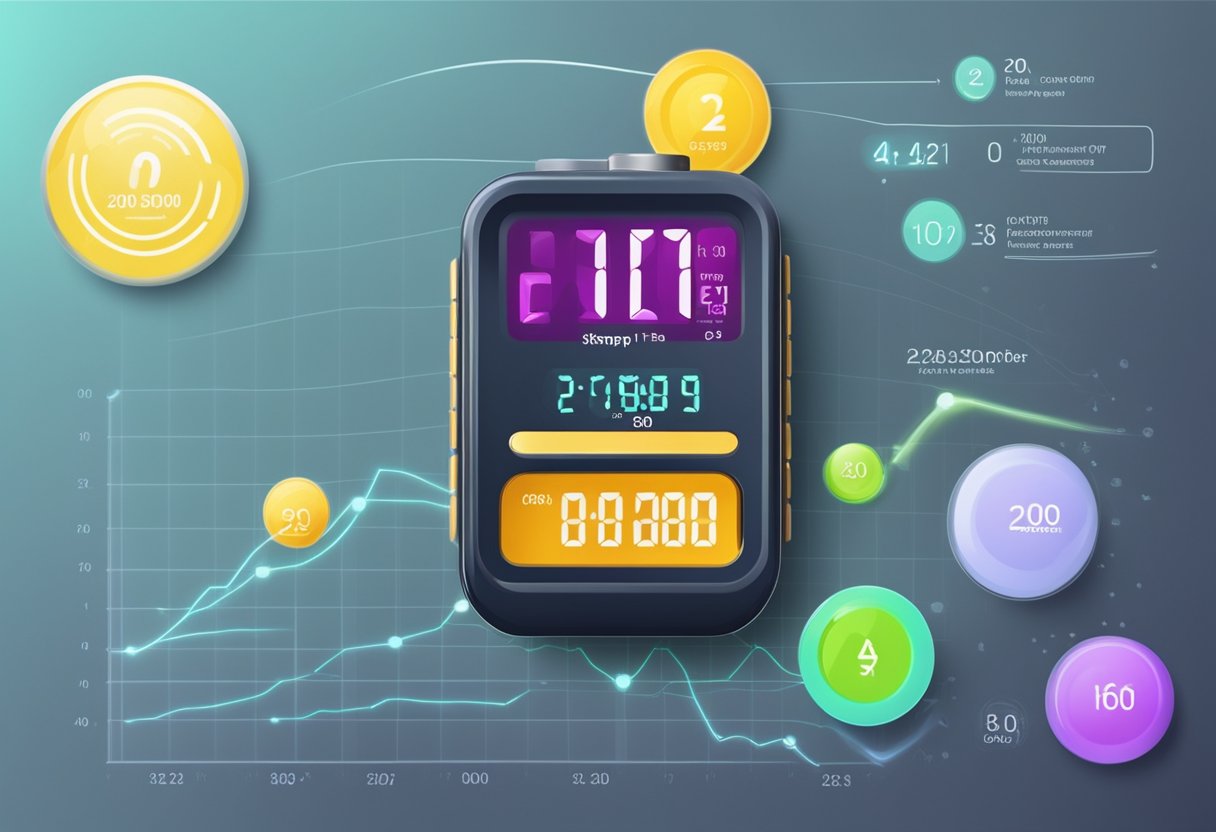Effective Home Remedies for Low Blood Pressure
Low blood pressure, or hypotension, can cause symptoms like dizziness and fatigue. For those seeking natural solutions, this article explores effective home remedies for managing low blood pressure.

Understanding Low Blood Pressure
Low blood pressure, known as niedriger Blutdruck in German, can be a concern for many individuals. While it may not be as common as high blood pressure, those affected can experience symptoms such as lightheadedness, fainting, or fatigue. If you’re looking for natural ways to manage this condition, several home remedies have proven effective.
1. Increase Fluid Intake
One of the simplest home remedies to combat low blood pressure is to stay well-hydrated. Dehydration can lead to drops in blood pressure, so consuming more fluids—particularly water—can help maintain blood volume.
- Drink water, herbal teas, or electrolyte drinks.
- Aim for at least 8–10 glasses of water daily.
2. Eat Smaller, More Frequent Meals
Large meals can change blood flow dynamics and contribute to hypotension in some people. Instead of three large meals, try eating smaller portions more frequently throughout the day. This helps maintain blood sugar levels and prevents sudden drops in blood pressure.
- Incorporate nutritious snacks such as nuts, yogurt, or fruit between meals.
- Avoid heavy, carbohydrate-rich meals which can lead to postprandial hypotension.
3. Increase Salt Intake
Sodium is essential for increasing blood pressure. If you have low blood pressure, consider adjusting your salt intake. However, consult with a healthcare provider before making substantial changes, especially if you have other health concerns related to salt.
- Add more salt to your meals, particularly if you don't have contraindications.
- Snack on olives, pickles, or salted nuts for a savory boost.
4. Consume Foods Rich in Vitamin B12 and Folate
Vitamin B12 and folate are vital for producing red blood cells, which help maintain blood pressure levels. Including foods rich in these vitamins can be beneficial for those experiencing low blood pressure.
- Foods rich in B12: eggs, dairy products, fish, and fortified cereals.
- Foods rich in folate: leafy greens, beans, lentils, and citrus fruits.
5. Compression Stockings
While this might not fall under conventional home remedies, wearing compression stockings can provide immediate support by preventing blood from pooling in the legs—an often underestimated method to raise blood pressure levels.
- Consider wearing compression stockings during long periods of sitting or standing.
- They can enhance circulation and prevent symptoms of low blood pressure.
6. Herbal Remedies
Several herbs are known to help manage low blood pressure. Before starting any herbal remedies, consult with a healthcare professional to ensure they are safe and effective for you.
- Licorice root: Known to raise blood pressure, it can be consumed as a tea or in supplement form.
- Ginger: Can stimulate circulation and may help with symptoms of low blood pressure.
- Rosemary: Used as a culinary herb, it can also be consumed as tea.
7. Regular Physical Activity
Engaging in regular moderate exercise can help improve circulation and overall cardiovascular health, which can assist in maintaining healthy blood pressure levels.
- Incorporate activities like walking, cycling, or swimming into your weekly routine.
- Aim for at least 150 minutes of moderate exercise per week.
8. Manage Stress Levels
Stress can negatively impact blood pressure levels. Learning stress management techniques can help control low blood pressure.
- Implement practices like yoga, deep breathing, or meditation.
- Set aside time for relaxing activities such as reading or taking a bath.
Conclusion
Managing low blood pressure through home remedies involves a combination of dietary changes, lifestyle modifications, and natural treatments. Always keep in mind that while these remedies can be effective, it's essential to consult a healthcare professional, especially if symptoms persist or worsen. By making informed choices, you can help stabilize your blood pressure naturally.
New posts

Effective Strategies to Lower Blood Pressure
Fitness

Navigating Low Blood Pressure and High Pulse: Key Insights
Wellness

Combatting Fatigue from Low Blood Pressure: Causes and Solutions
Lifestyle

Understanding Low Blood Pressure at Night: Causes, Symptoms, and Management
Wellness

Understanding Ruhepuls 60: A Guide to Optimal Heart Rate
Fitness

Understanding Ruhepuls 45: The Ideal Resting Heart Rate for Your Health
Fitness

Low Blood Pressure and Trembling: Understanding the Connection
Wellness

Understanding Normal Pulse Pressure: What You Need to Know
Lifestyle

Understanding Normal Pulse Rates: What Is a Normal Pulse?
Fitness

Understanding Pulsdruck: Key Insights into Your Blood Pressure Dynamics
Wellness
Popular posts

Understanding Low Diastolic Blood Pressure: Causes, Risks, and Management
Wellness

Understanding Low Diastolic Blood Pressure: Causes and What to Do
Wellness

Understanding Puls Unter 60: When Low Heart Rates Become Concerning
Fitness

Understanding Low Blood Pressure Symptoms in Men
Wellness

Understanding the Ruhepuls Tabelle: A Comprehensive Guide
Fitness

Low Blood Pressure and Trembling: Understanding the Connection
Wellness

Understanding Ruhepuls 50: What It Means for Your Heart Health
Fitness

Understanding Normal Pulse Pressure: What You Need to Know
Lifestyle

Understanding Low Blood Pressure and Its Effect on Vision Disturbances
Health

Understanding Wrist Blood Pressure Monitoring: A Comprehensive Guide
Wellness